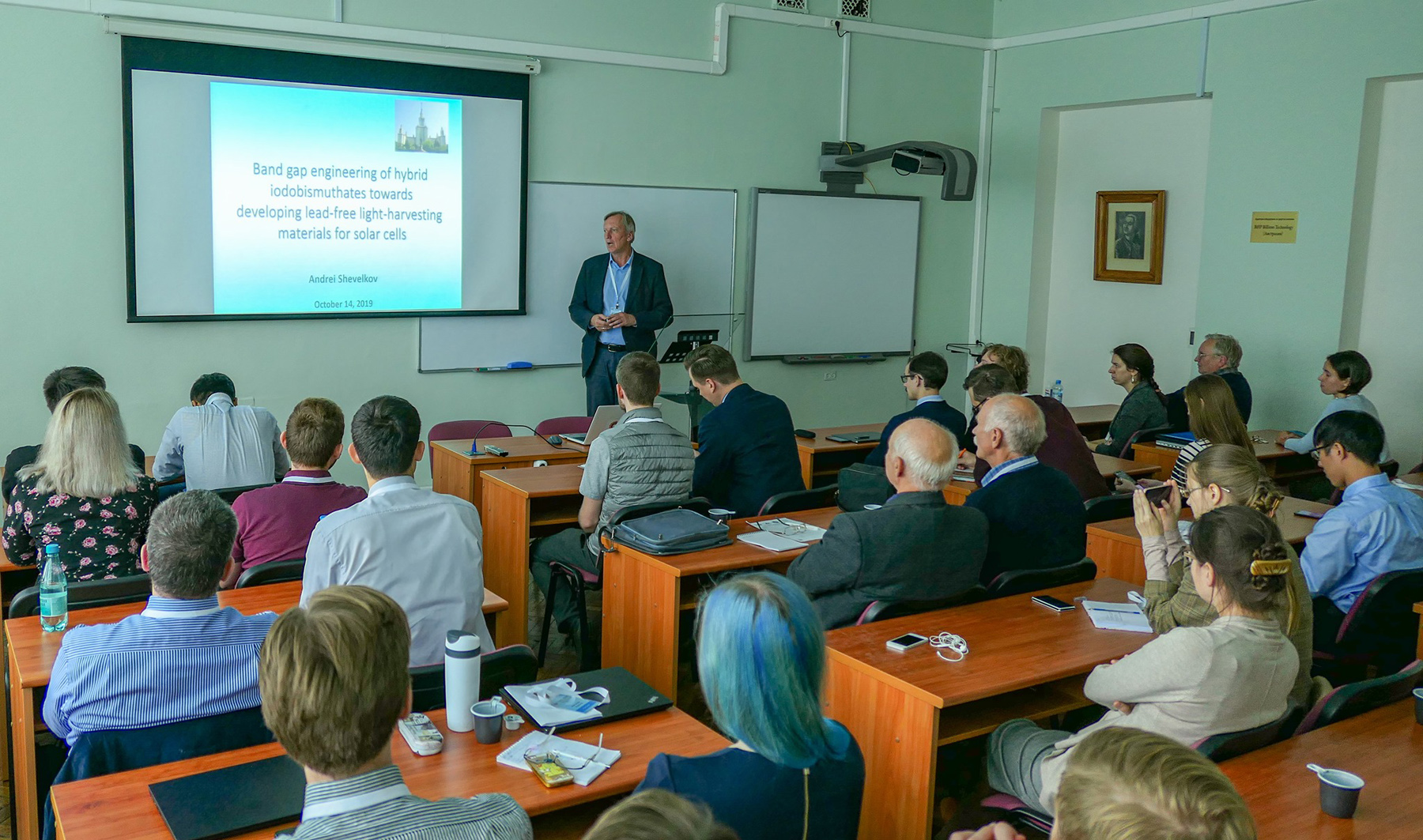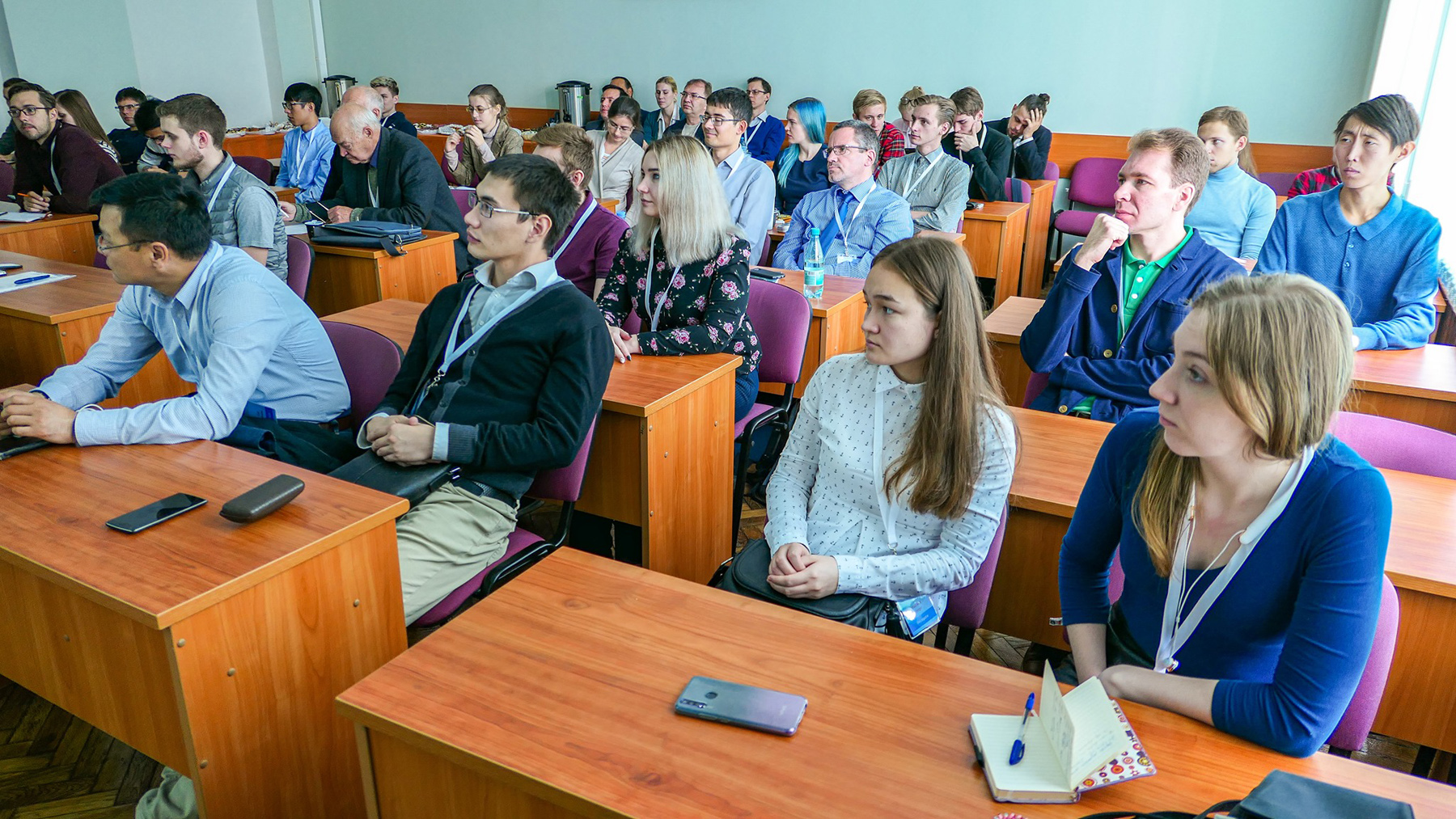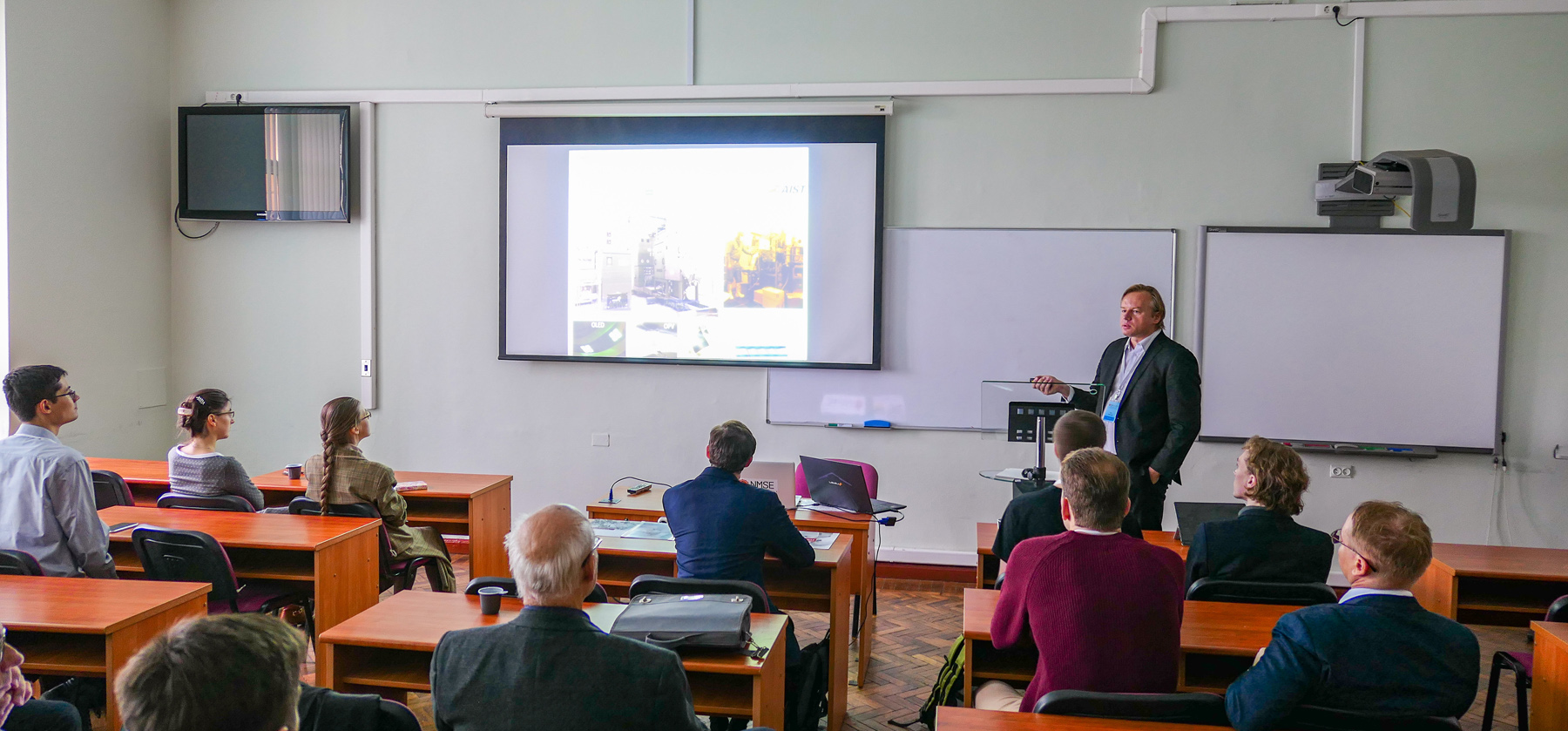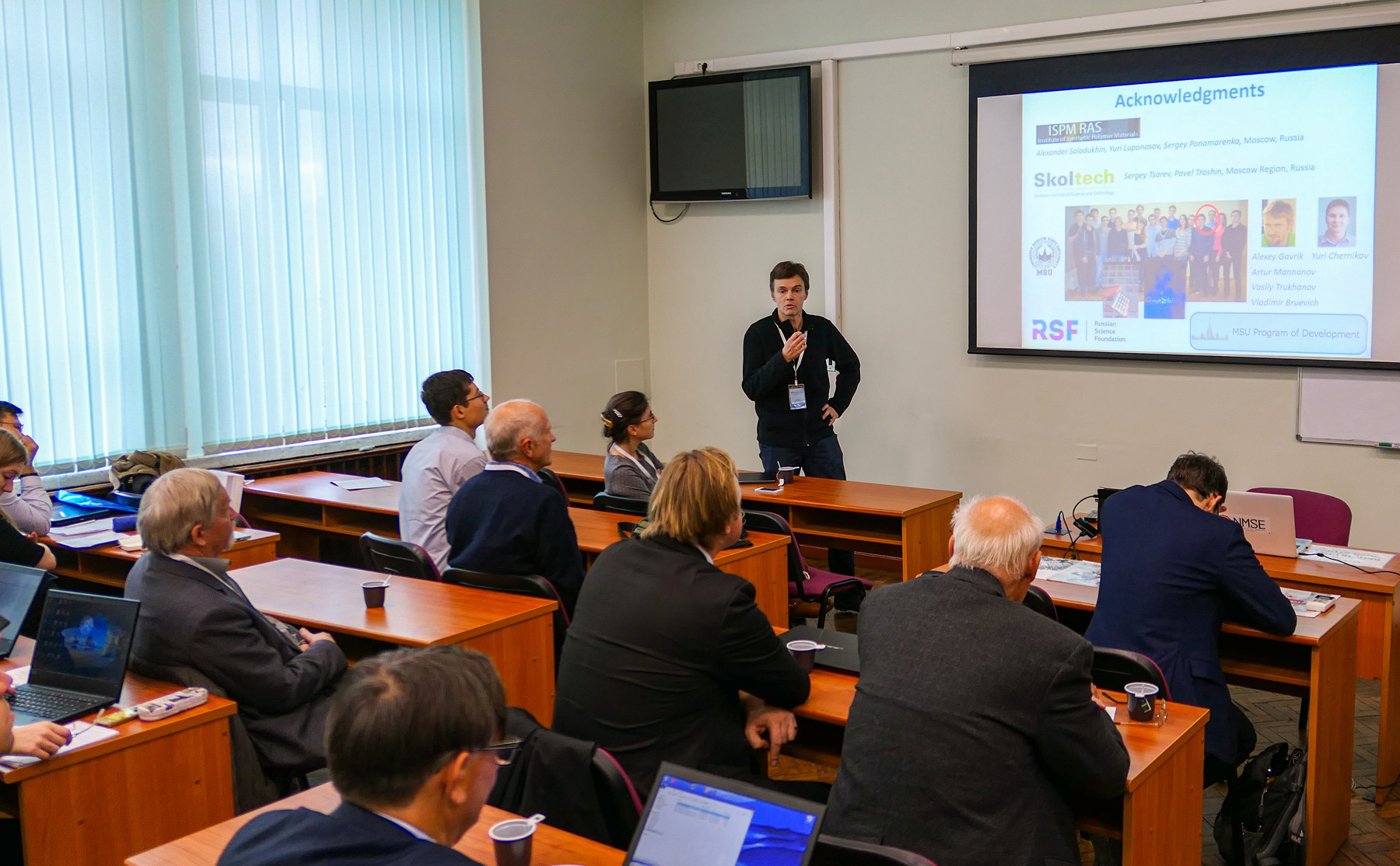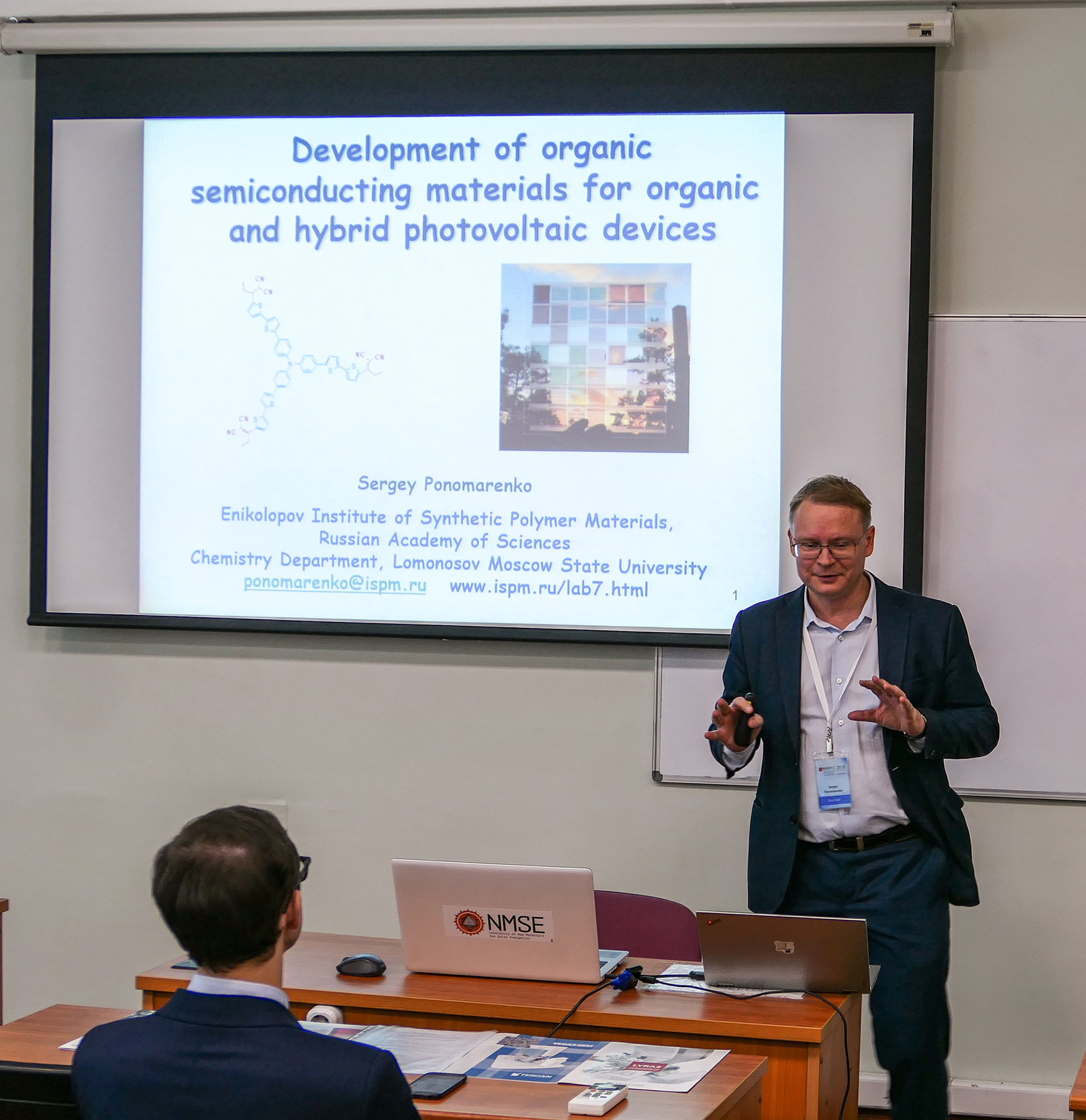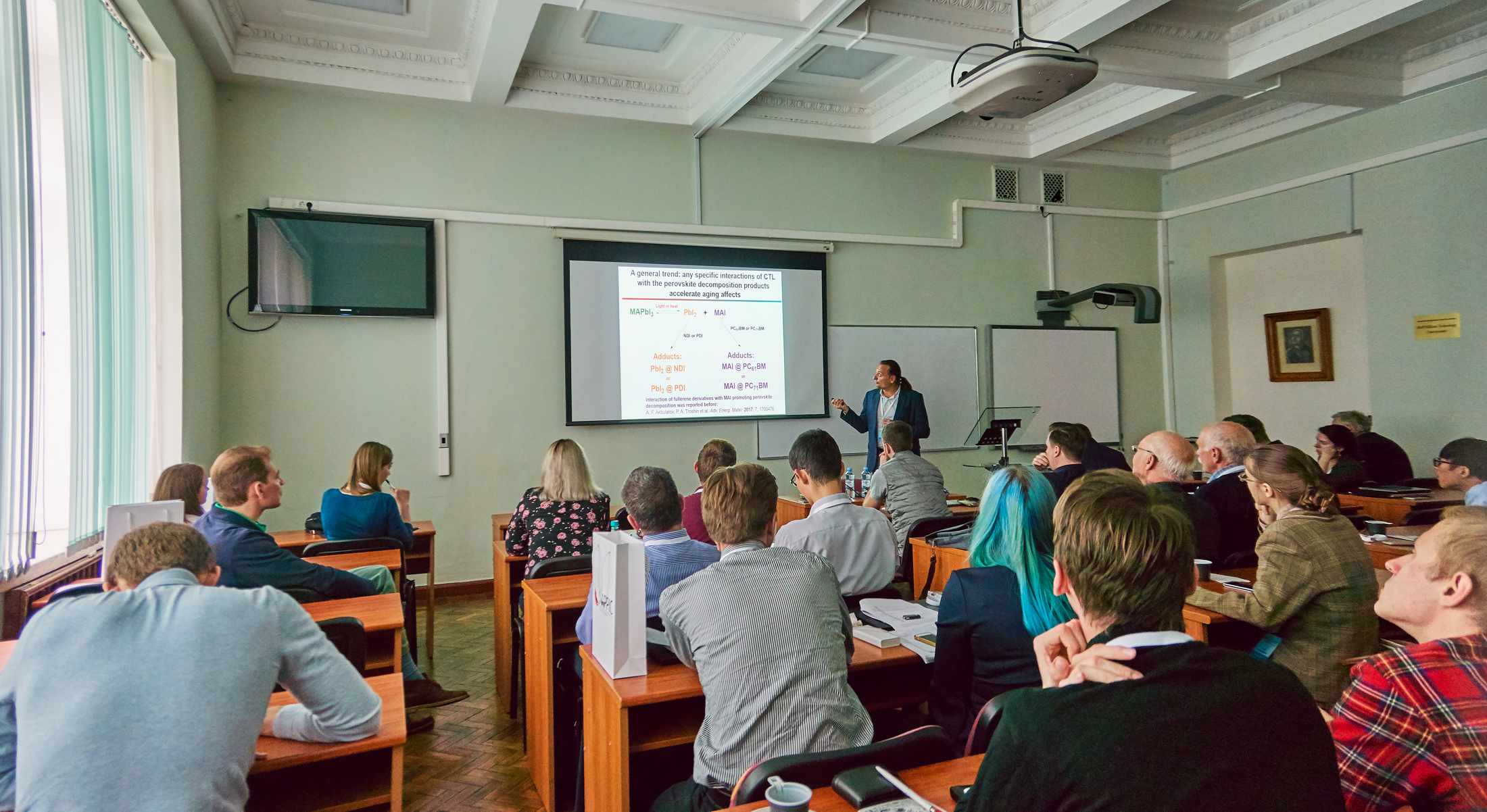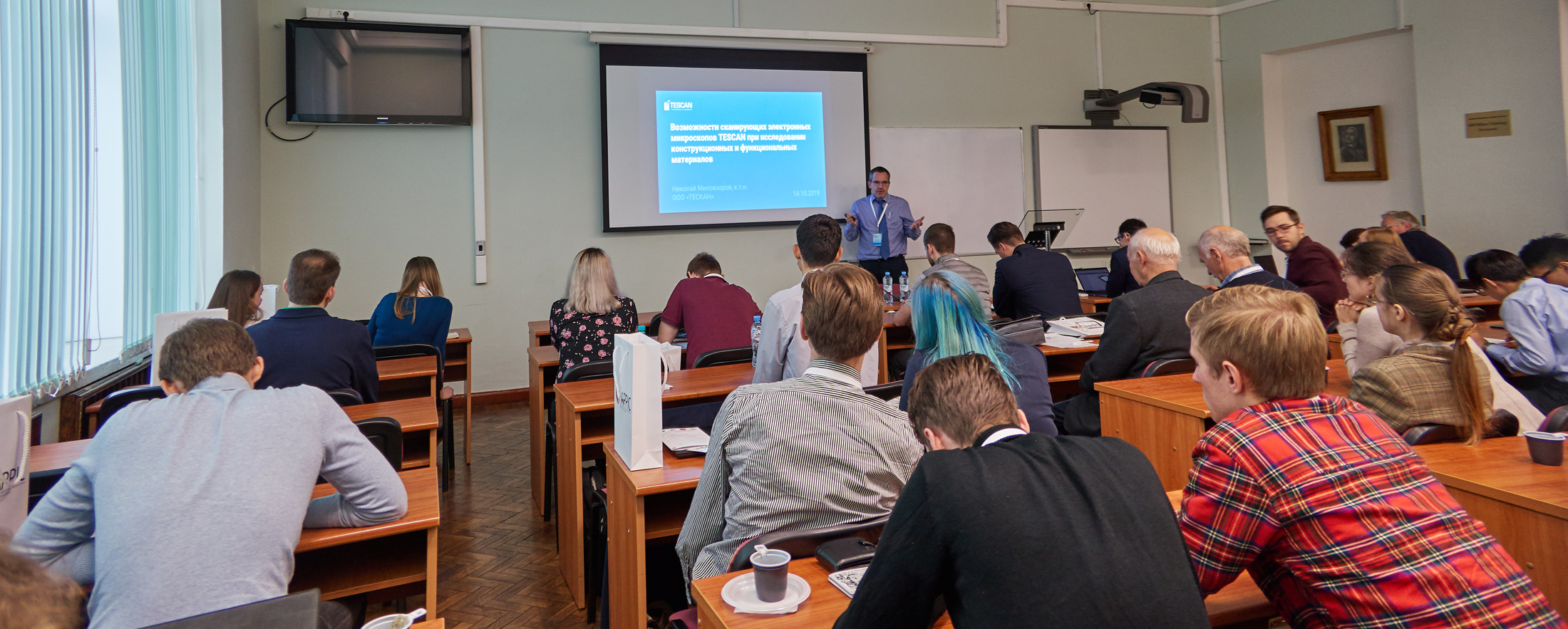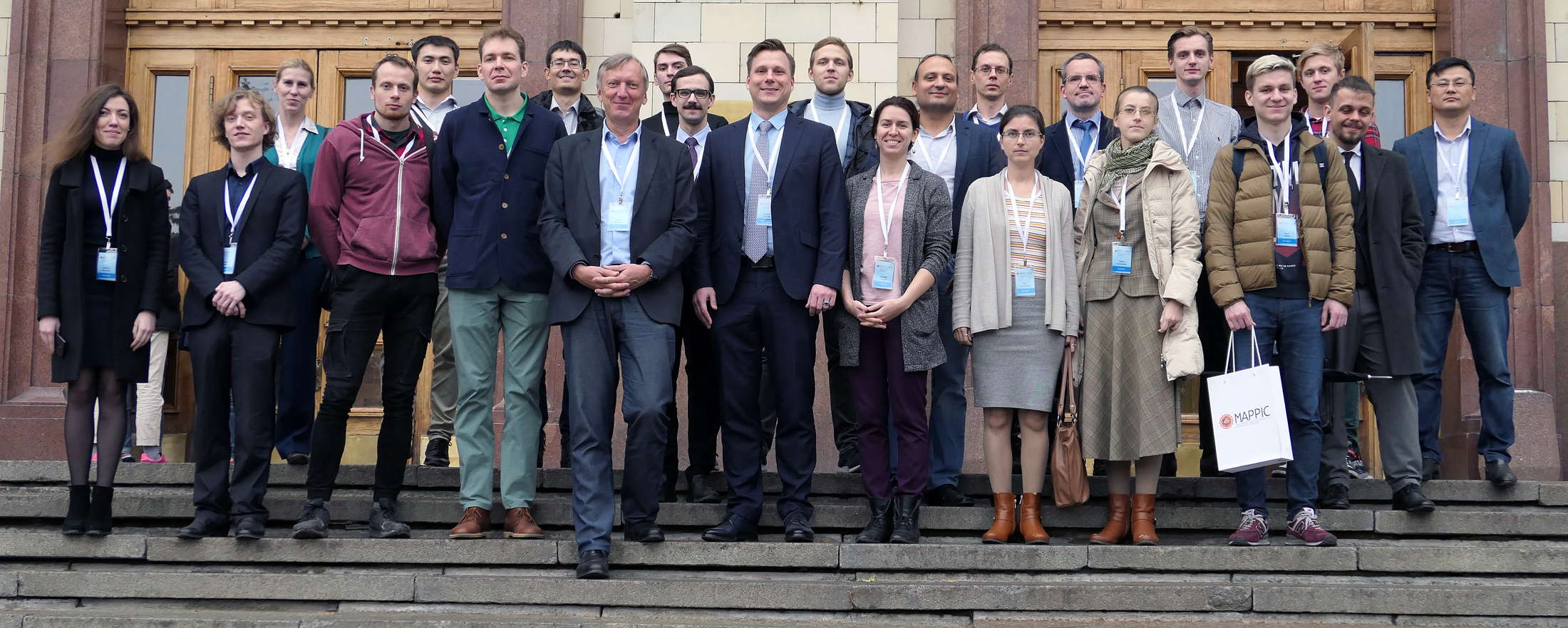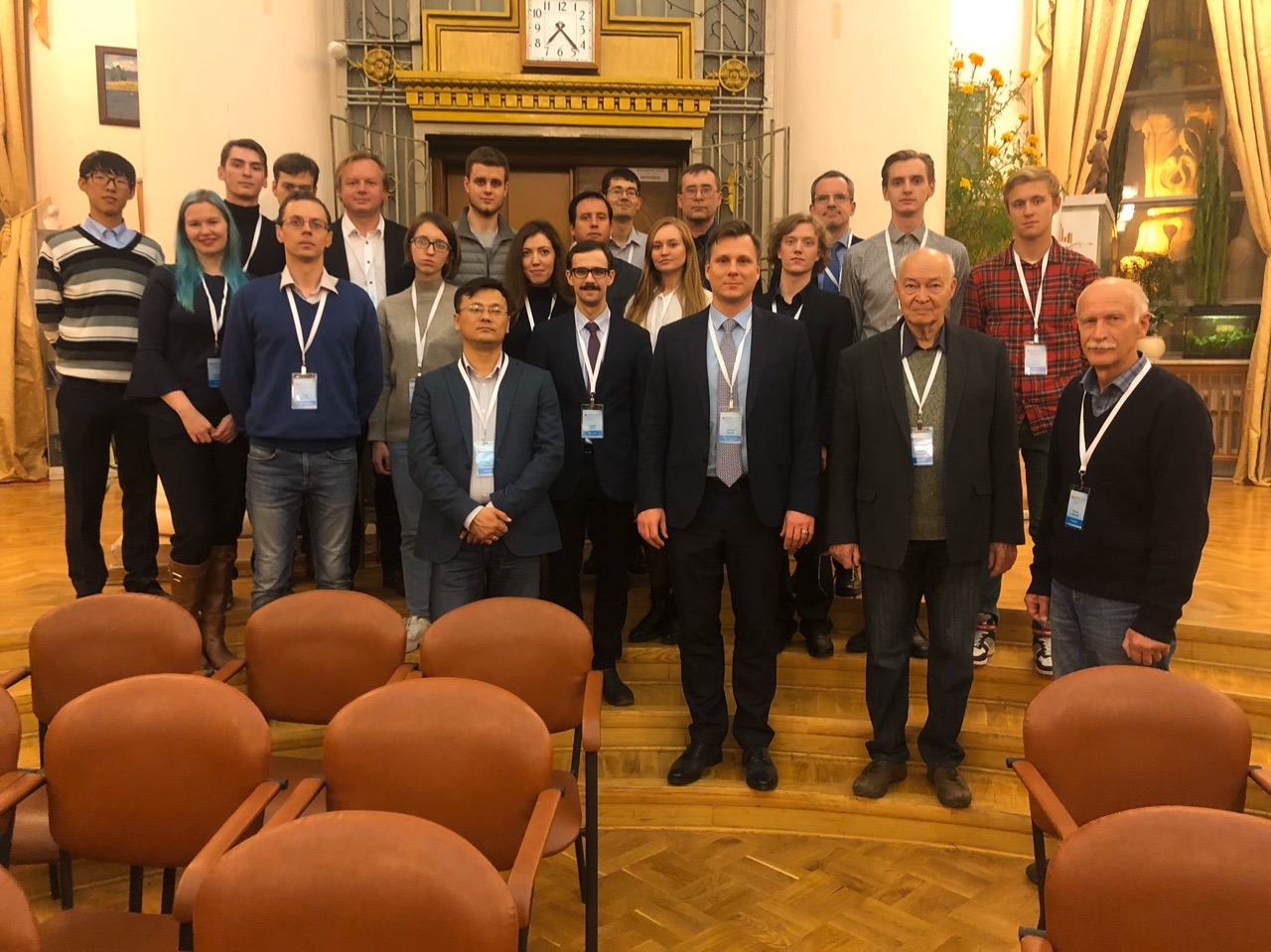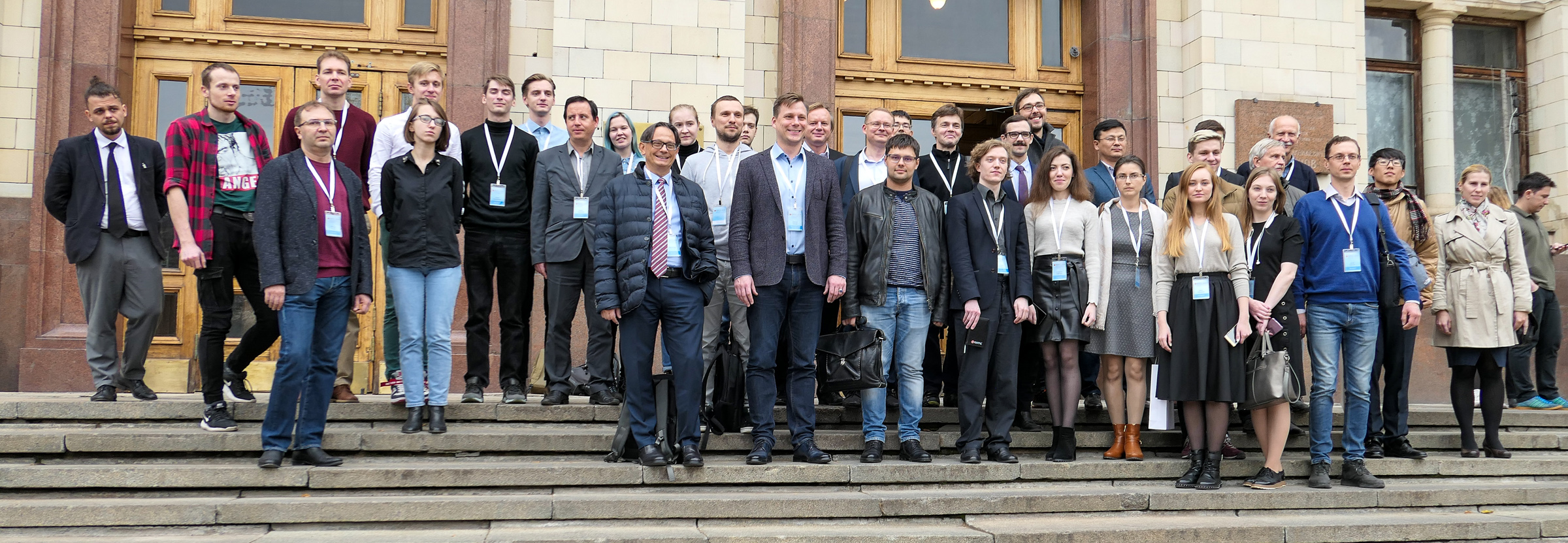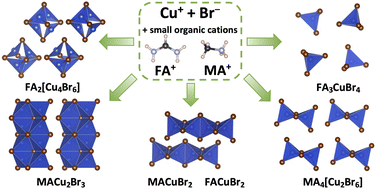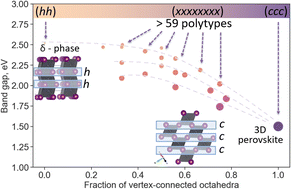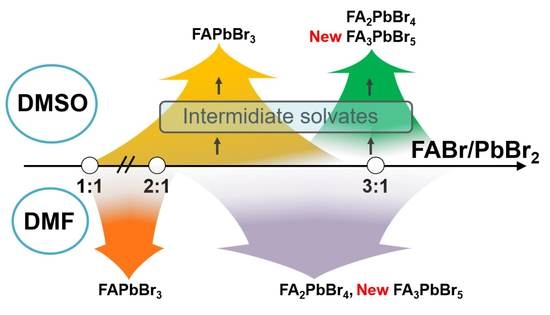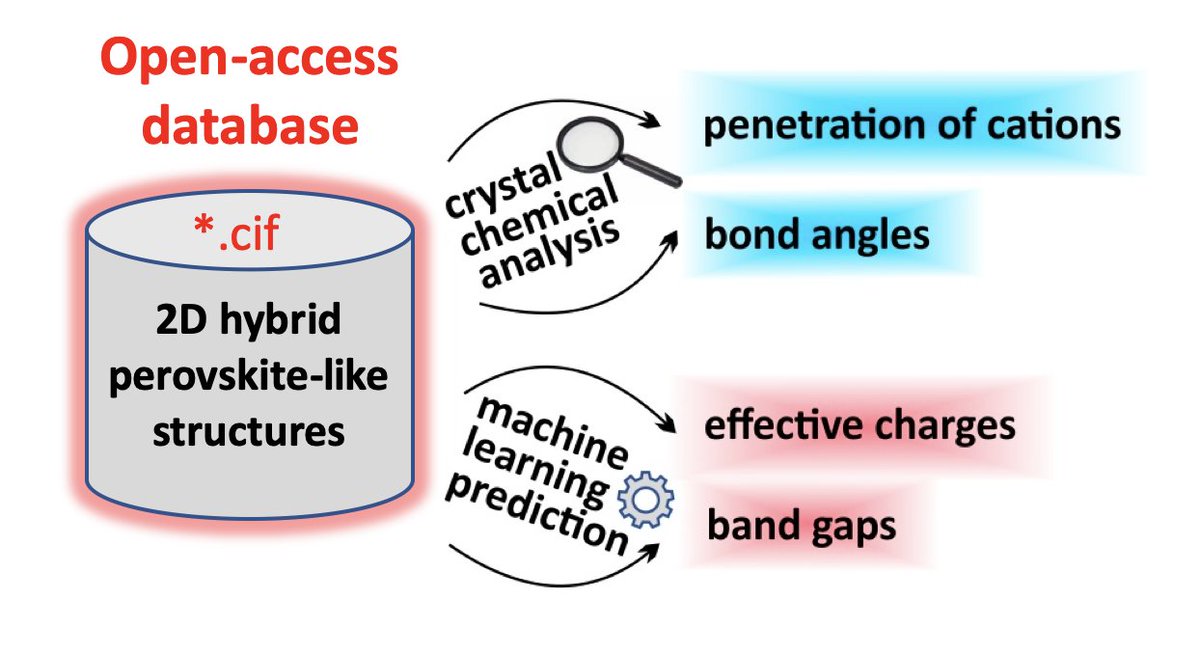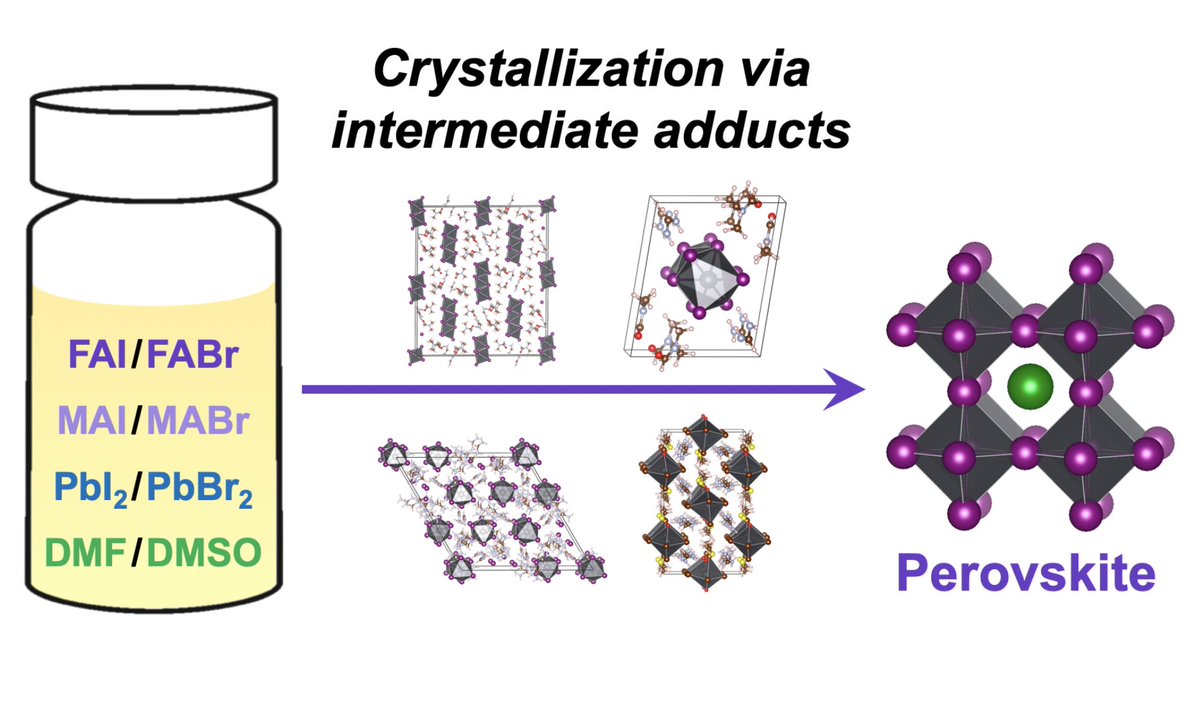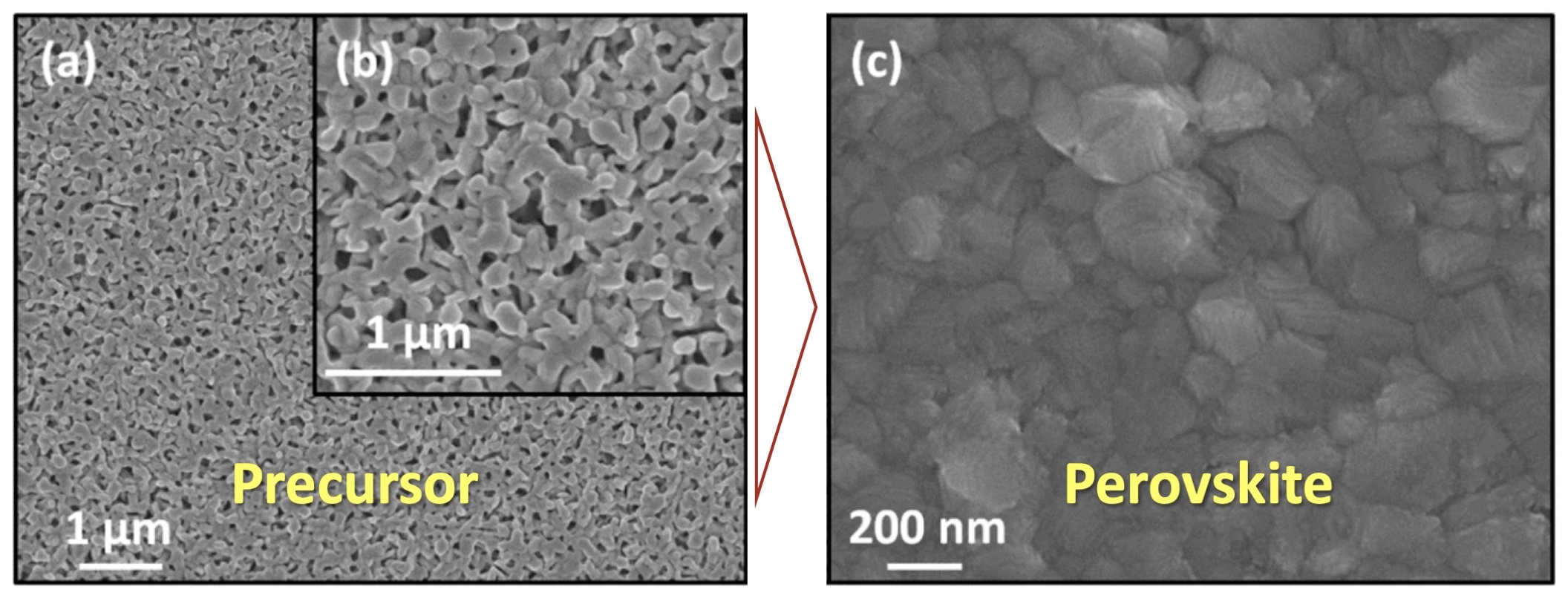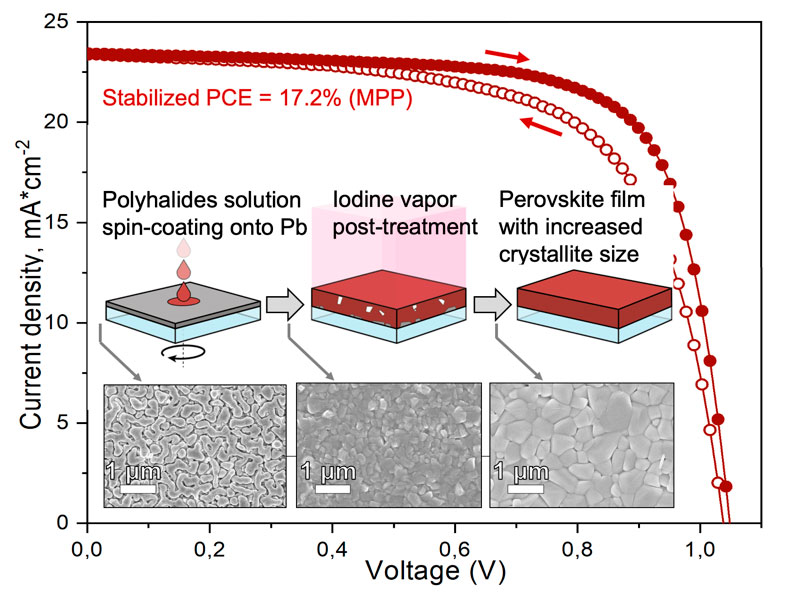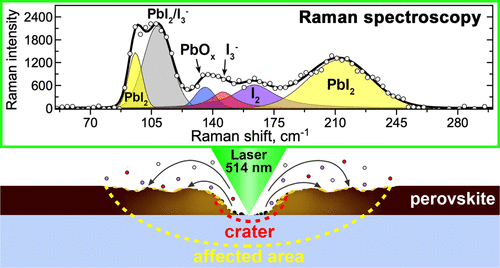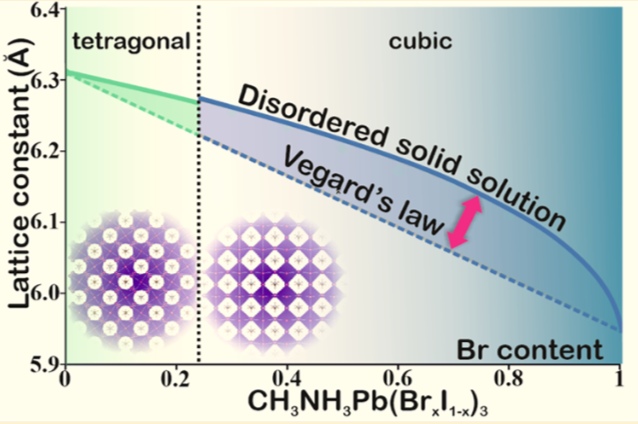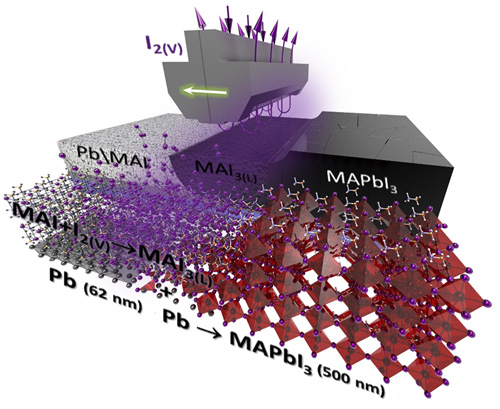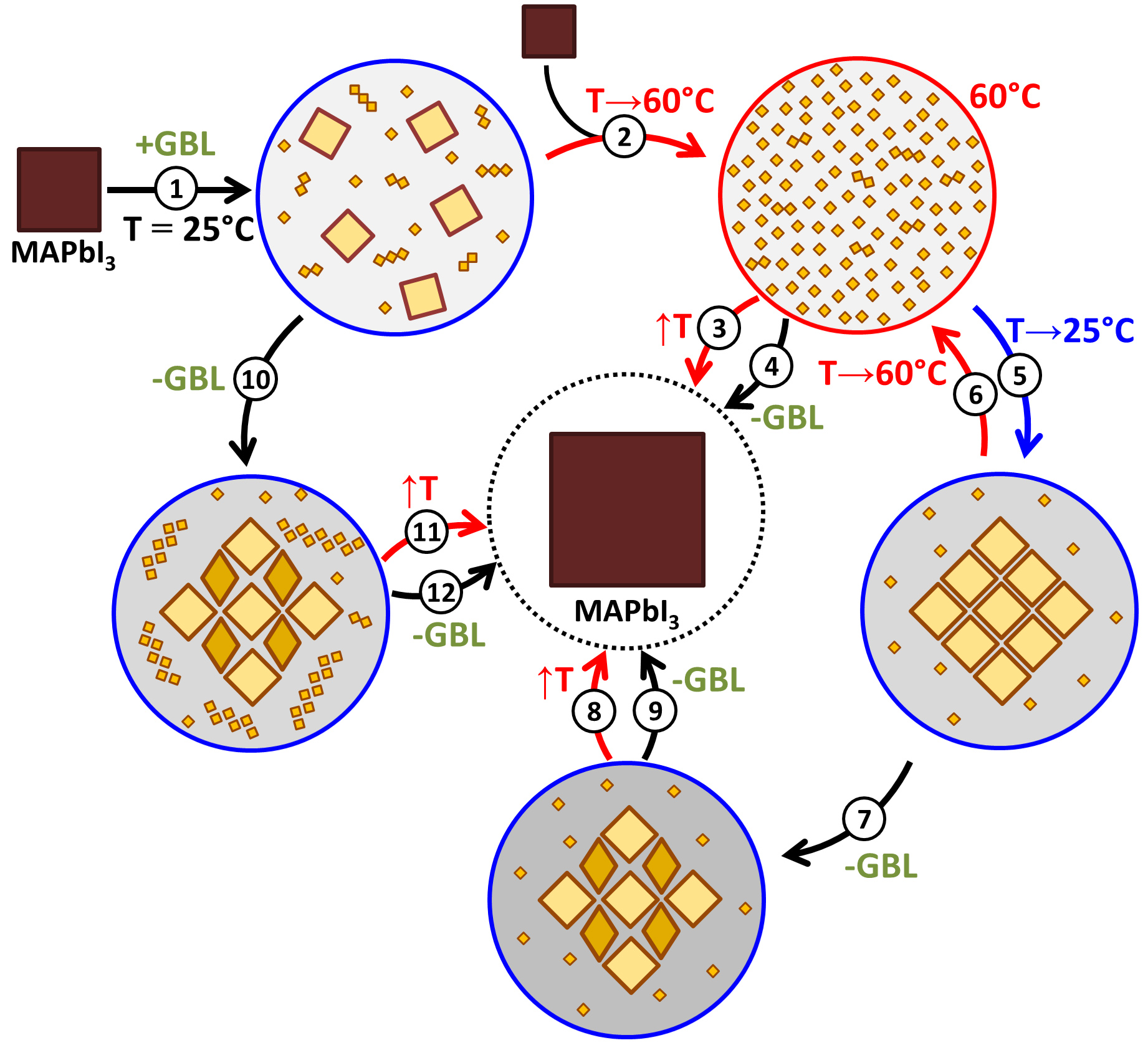The first international conference on perovskite photovoltaics (Moscow Autumn Perovskite Photovoltaics International Conference) - “MAPPIC-2019”, was organized by the Laboratory of New Materials for Solar Energetics on the Faculty of Materials Science together with the Department of Chemistry in Moscow State University with the support of the Russian Science Foundation (project No. 19-73-30022) and JSC Krasnoyarsk Hydroelectric Power Station.
The conference was held at the Department of Chemistry in Moscow State University on October 14-15, 2019, and it was attended by more than 60 participants, including members of leading educational and academic centers of Russia, Japan, Switzerland, Italy, Kazakhstan and China, in particular those from Moscow State University, National University of Science and Technology MISiS, University of Rome Tor Vergata, Scientific and Technical Center for Thin-Film Technologies in Power Engineering, Japan National Institute of Advanced Industrial Sciences and Technologies (AIST), Skolkovo Institute of Science and Technology, Federal Polytechnic School of Lausanne (EPFL), National University of Qing Hua (NTHU), ITMO University, St. Petersburg State University, Eurasian University named after L.N. Gumileva and others.
Plenary and oral presentations were made by 12 leading scientists: prof., corresponding member of RAS E.A. Goodilin, prof. A.V. Shevelkov, Head of laboratory D.Yu. Paraschuk, Head of laboratory A.B. Tarasov, prof. E.I. Terukov, prof. Aldo di Carlo, prof. A.V. Emelin, prof., corresponding member of RAS S.A. Ponomarenko, prof. P.P. Gladyshev, I. Turkevich, prof. P.A. Troshin and O.A. Syzgantseva.
The conference consisted of 5 sections devoted to the prospects of using lead-free perovskites, the physics and chemistry of hybrid perovskites, as well as the technology for producing perovskite solar cells. In a separate section, invited speakers being leading Russian scientists in the field of the development of silicon and organic solar cells, shared their experience in developing these areas, which turned out to be especially interesting and useful to conference participants.
“The conference was accompanied by intensive discussions of reports both during coffee breaks and after presentations. Participants met with colleagues from other educational and scientific organizations and actively discussed plans for joint research. Delegates noted the need for the annual format of this conference as the main Russian platform for the exchange of experience among researchers in our region. In addition, we discussed plans to organize a regular Scientific Seminar on the basis of the laboratory to exchange the latest achievements and discuss current trends in scientific and technical literature”, says Ph.D., Head of the Laboratory of New Materials for Solar Energetics, Faculty of Materials Science MSU A.B. Tarasov.At the end of the first day of the conference, an excursion took place, during which the participants visited the Museum of Geography of Moscow State University, located from the 24th to the 31st floors of the main building of the University, saw a panorama of evening Moscow and heard a fascinating story about the history of the development of Moscow State University and outstanding scientists who worked in its walls.
At the end of the conference, Olga Alekseevna Syzgantseva (Federal Polytechnic School of Lausanne, Switzerland) was awarded a diploma for the best oral presentation, and Yi-Chen Teng (National University of Qing Hua, China) received a diploma for the best poster presentation.
“We are very grateful to the Russian Science Foundation for supporting our project “Development of new approaches to creating and improving the stability of photoactive materials based on hybrid halide perovskites using polyhalide melts”. Holding a conference is one of the obligations of the project, and this is a wonderful initiative being aimed at involving young people in scientific research”, said the project supervisor, prof., corresponding member of RAS E.A. Goodilin.
In accordance with the rules of the RSF, the conference will be held annually, the next MAPPIC-2020 conference is scheduled for autumn 2020, stay tuned for updates on the website: http://www.mappic.ru/.
